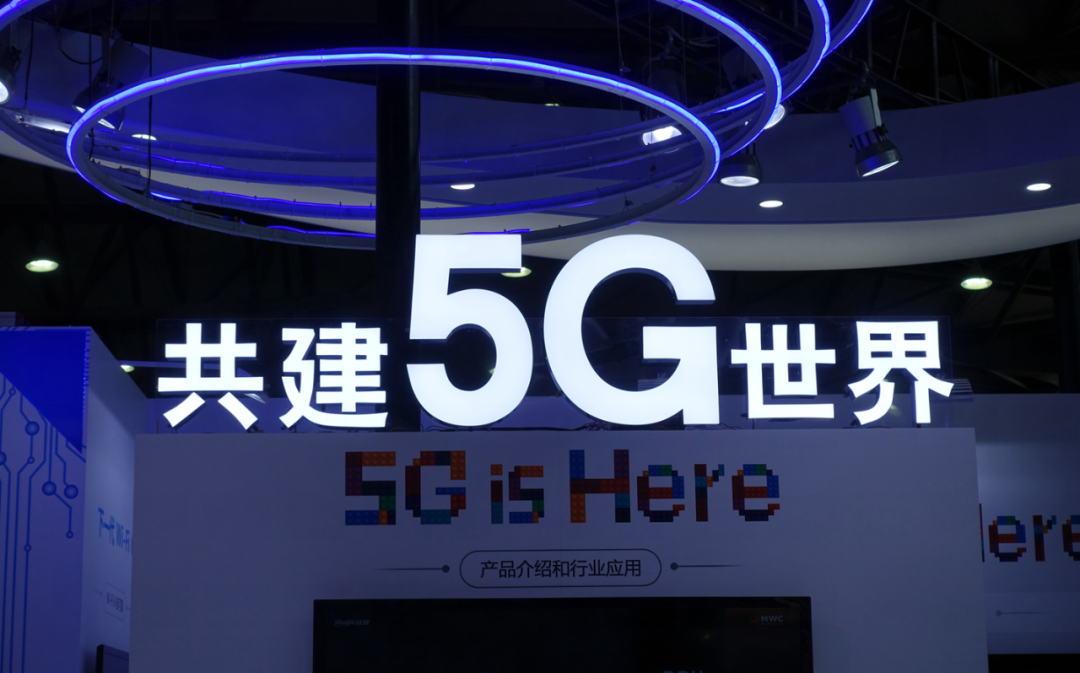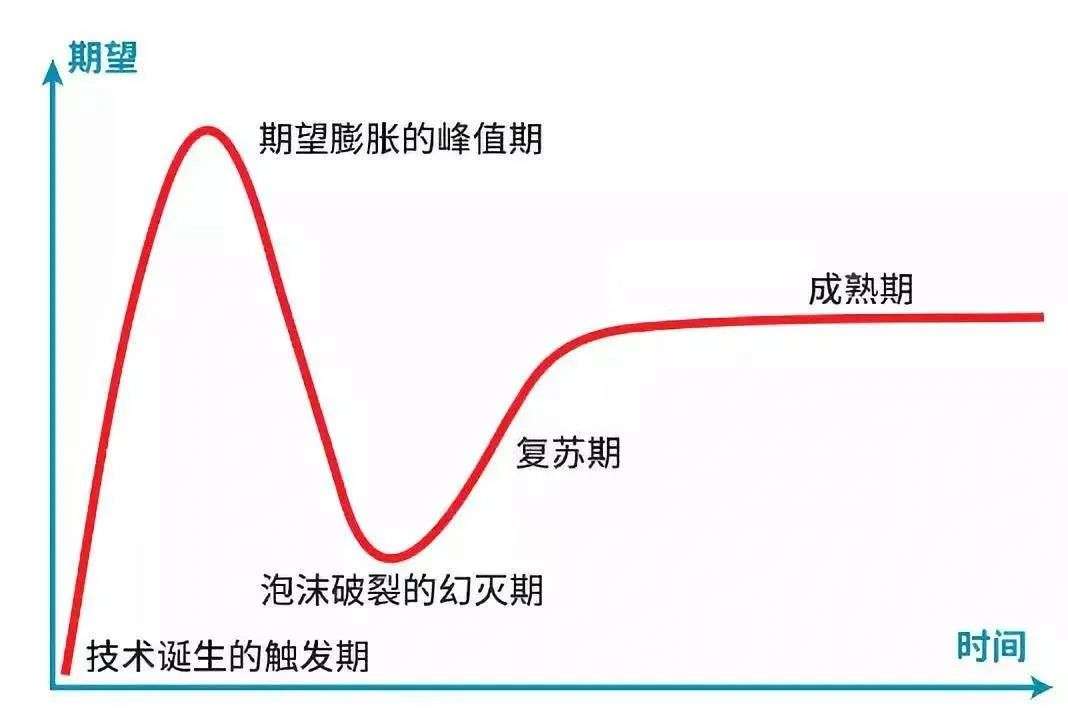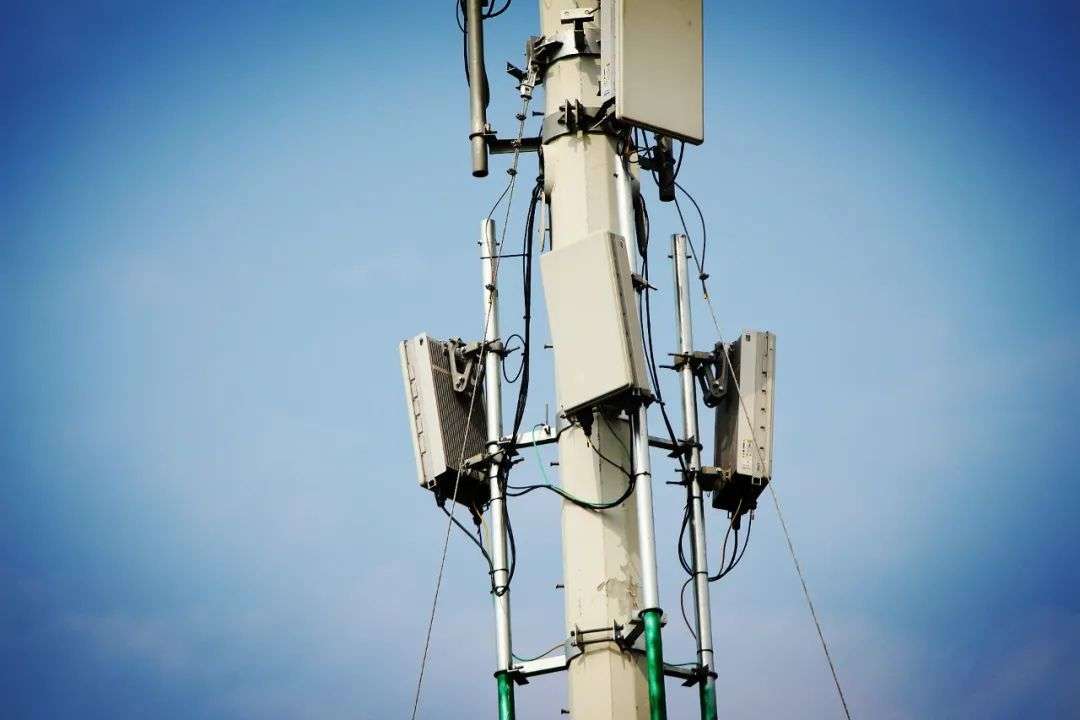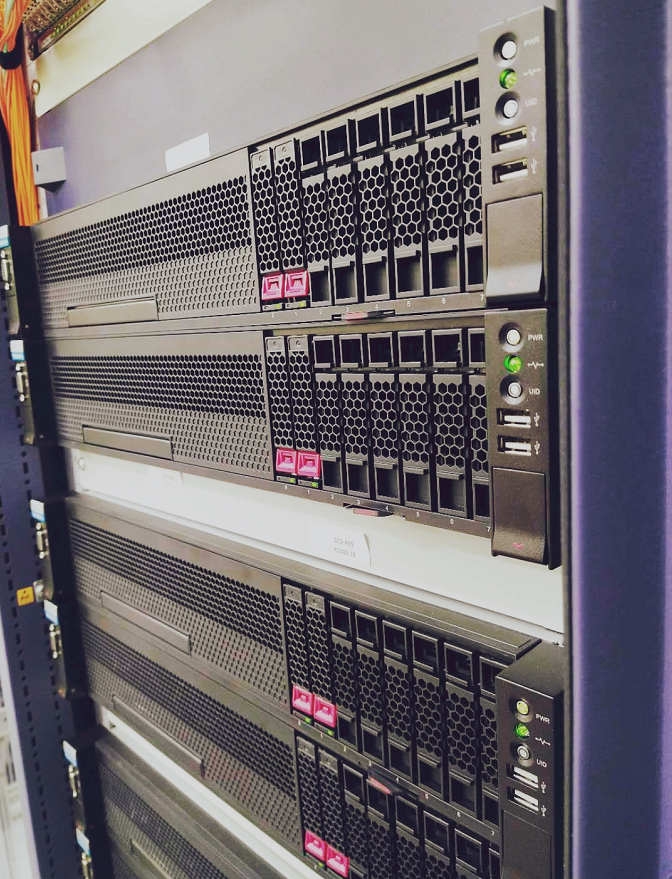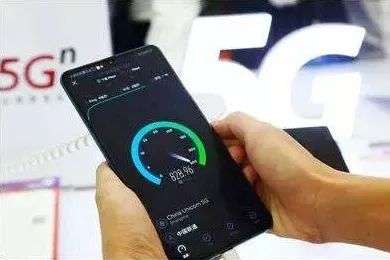Thinking about the new stage of 5G.
Editor’s note: This article comes from the WeChat public account “Fresh Date Classroom” (ID: xzclasscom), the author is small Zaojun.
According to the latest news from the 3GPP official website, the 5G R16 version will be officially frozen and released in the near future.
This means that a more “complete” 5G standard will be released soon. The construction and development of 5G is about to enter a new stage.
I don’t know if you feel that since this year, in addition to the wave of attention from the new infrastructure in March, the enthusiasm of all sectors of society for 5G is rapidly fading, and the news media’s coverage of 5G has also decreased significantly.
By contrast, last year almost all people paid attention to 5G and sought after 5G.
In fact, this is a normal phenomenon. It does not mean that 5G has started to fall out of favor, but that 5G has gradually matured.
The technology maturity curve tells us that any technology will have a budding period, an expected expansion period, a bubble disillusionment period, a recovery period, and a maturity period.
Technology maturity curve
5G has passed the period of expected inflation and will inevitably enter a trough and then recover.
At the current stage of 5G development, the bubble is gradually squeezed out, away from impetuousness, and on the right track. Taking China as an example, the construction of 5G projects is steadily advancing, and the industrial application of 5G is also accelerating.
From the perspective of network construction, the number of domestic 5G base stations has exceeded 240,000 (as of May 2020). By the end of 2020, it will likely reach 700,000.
5G base station
The first- and second-tier cities in China have achieved large-scale 5G signal coverage, and most prefecture-level cities and even county-level cities have 5G base stations. Next, many counties and townships will also gradually enter the 5G era.
However, 5G will not provide seamless coverage nationwide like 4G. It will cover hotspot areas mainly in densely populated areas. In addition, we will implement on-demand coverage for areas such as smart agriculture, smart cities, industrial Internet, and connected vehicles.
In short, the 5G network construction strategy is: wherever there is a need, it is covered.
From the perspective of coverage, the next key goal of 5G will be from outdoor to indoor.
At present, most outdoor macro station sites in large and medium-sized urban areas have been equipped with 5G AAU antennas as long as conditions permit. Next, operators will strengthen the construction of 5G office and signal quality optimization in office buildings, shopping malls, government agencies and other densely populated areas to achieve in-depth coverage.
5G indoor micro base station
This is a very difficult job. The construction period will be longer and the cost will be high.
If the 5G access network is constantly being built and expanding coverage, then the current main task of the 5G bearer network and core network is to upgrade and expand the existing equipment.
Especially for the 5G bearer network, with the increasing number of 5G base stations and 5G users, the pressure on traffic bandwidth will become greater and greater, and the bearer capacity expansion and transformation are urgently needed.
The technical solutions of the three major operators are basically determined for the mid-haul and backhaul of the 5G bearer network, and commercial implementation has begun.
For the fronthaul of the 5G bearer network, the technical solution has not been fully cleared, and the industry chain needs to be further matured.
For the 5G core network, the main energies of the three major operators at this stage are all on the sinking of the user plane and the opening of the SA independent networking core network.
According to the latestAccording to the news, the SA core network construction projects of the three major operators are in full swing, and it is estimated that commercial use will be announced in September. At that time, 5G core capabilities such as end-to-end network slicing will be perfectly realized, and 5G will also be “gorgeously upgraded”.
5G core network equipment
In addition to the progress of network construction, we must also pay attention to the commercial landing of 5G. In fact, the importance of commercial landing is far greater than network construction.
In terms of mobile Internet (personal networking), according to the statistics of operators, as of May 2020, my country has a total of 85 million 5G package users (mobile plus telecommunications, excluding Unicom, Unicom is not announced). By the end of 2020, this number will likely exceed 200 million. At this stage, the flagship mobile phones of various brands in the domestic market have already supported 5G dual-mode, and the shipments of 5G mobile phones are close to half of the total mobile phone shipments.
Because 5G is not just needed by mobile phone users, the desire to upgrade is not strong. The number of 5G package users announced by operators also has a lot of “moisture”.
At present, the main people who upgrade to experience 5G are still young users with certain consumption capabilities. The hottest App for 5G is still SpeedTest.
SpeedTest speed measurement
The 5G upgrade of most users will depend on the update iteration of personal mobile phones. Whenever you change a new phone, you upgrade 5G. From this point of view, the popularization process of 5G in the personal user market will be much longer than 4G.
In terms of the Industrial Internet (Internet of Things), 5G is still actively promoting the implementation of various industries such as the Industrial Internet, Internet of Vehicles, Smart City, Smart Healthcare, and Smart Agriculture.
Operators, equipment vendors, and service providers have proposed many 5G and industry integration solutions.There are many commercial scenarios and there are mature cases. However, the specific effects and market feedback are not very ideal.
5G’s investment return cycle is very long, we need to give 5G more natural growth time. We also need to give users in the industry more time to gradually understand 5G, accept 5G, recognize 5G, feel the empowerment effect of 5G, and finally be willing to pay for 5G.
In addition to network construction and commercial landing, we also need to pay attention to several “weak points” of 5G. These weaknesses are likely to influence the development trend of 5G and affect the future direction of 5G.
The first is the overlay effect.
We said earlier that because of the frequency band, the signal coverage of 5G base stations is not as good as 4G.
At present, our existing 5G base stations are mainly outdoor macro stations, and the scale of 5G users is not large, and the resources are relatively sufficient. Therefore, the user’s 5G network experience should not be too bad.
However, once the room is reached (more than 70% of the traffic comes from the room), the operator room has not kept up, and the number of 5G users continues to increase, and it is difficult to say whether the experience can maintain the status quo.
If the user experience declines significantly, it will inevitably affect the user’s trust and acceptance of 5G, and will also affect more users’ motivation and determination to upgrade 5G.
The same is true of the expansion of 5G in the B-end (government and enterprise users) market. Whether it can meet the needs of industry application scenarios and whether it can provide the key indicators (bandwidth, delay, reliability, etc.) previously promised in key scenarios remains to be seen.
The coverage effect of the Sub-6 band is still so reassuring, not to mention millimeter wave. At present, there is no clear millimeter wave commercial plan in our country, but there are some super-large bandwidth application scenarios that still require millimeter wave.
When will we commercialize millimeter wave, and which fields will use millimeter wave first, is also the focus of attention.
Second, the energy consumption of the equipment.
This question Xiao Zaojun mentioned many times. At present, the energy consumption of 5G wireless devices is significantly higher than 4G. Although the gap between the two continues to narrow with the efforts of equipment manufacturers, this problem has not been completely resolved.
Huge energy consumption has put a lot of pressure on operators’ electricity bills. It is said that there are some prefecture and city operators, because there are fewer 5G users, they simply shut down some 5G base stations in order to save money. There is no doubt that this is not conducive to the development of 5G.
5G energy consumption is a technical problem, and technical problems need to be solved by technical means.
The energy consumption of 5G is on the one hand the energy consumption of the device itself, and on the other hand the energy consumption of heat dissipation. Heat dissipation is divided into active heat dissipation and passive heat dissipation.
Passive heat dissipation means heat dissipation through fans and air conditioners. Treating the symptoms in this way does not cure the symptoms. Equipment vendors andOperators are now focusing on reducing power consumption on the device itself. On the one hand, more advanced processes and materials are used to reduce the power consumption of equipment. On the other hand, AI artificial intelligence is introduced to dynamically adjust the device’s own workload to further reduce energy consumption.
AI will determine the characteristics of the coverage scenario according to the algorithm and big data, predict the business load trend, and then dynamically adjust the power consumption.
The third issue that needs attention is the re-cultivation and frequency cleanup of 2/3G networks.
With the deepening of 5G construction, operators are bound to accelerate the withdrawal of 2G/3G networks to reduce their own O&M burden. At the same time, leaving the network and clearing the frequency can also release more frequency resources for 4G/5G use.
Withdrawing from the Internet is not an easy task. There are currently hundreds of millions of 2G/3G stock users in our country, including IoT card users. Logging out will inevitably affect the use of these users, and may lead to a rebound in user opinions or even a loss of users.
For operators, it is necessary to formulate an appropriate exit strategy and make steady progress to minimize the impact on users as much as possible.
The fourth is the pressure of operation and maintenance.
Operation pressure has already been mentioned earlier. 5G is a super-complex network. In the case where 2G/3G withdrawal has not yet been completed, the old technology superimposes new technologies, which aggravates the complexity of the overall network architecture. If such a network still relies on the previous manual operation and maintenance method, it will definitely not work.
In recent years, equipment manufacturers have been trying to simplify the operation and maintenance of products. Operators are also actively exploring intelligent operation and maintenance. However, due to various reasons, the mode of operation and maintenance has changed, and the thinking of operation and maintenance personnel has changed. Slower.
The slower the transition, the shorter the time window. If the operator does not accelerate the operation and maintenance reform, it may affect its own transformation.
All in all, 5G is a big test for operators. Real gold and silver have been spent. These investments are tremendous pressure for operators whose revenues are declining. In the short term, there is no return at all (4G investment has not been recovered yet).
Facing with the grim situation, operators are striving for change.
We can observe that the organizational structure, strategic direction and business model of operators are constantly changing. Under the crisis, they also learned to hold groups to keep warm. For example, the joint construction of telecommunications and China Unicom, as well as the marriage of mobile and broadcasting. Whether these proactive changes will produce the desired effect is currently unknown. But the same is to wait for death, and there is still a silver lining to change.
Finally, I want to say that the commercialization of 5G is not the end of everything, but the beginning. With the freezing of the R16 version and the commercial use of the SA core network, we are about to enter the post-5G era. Let us wait and see where this giant ship carrying the hopes of all communication people will head.
